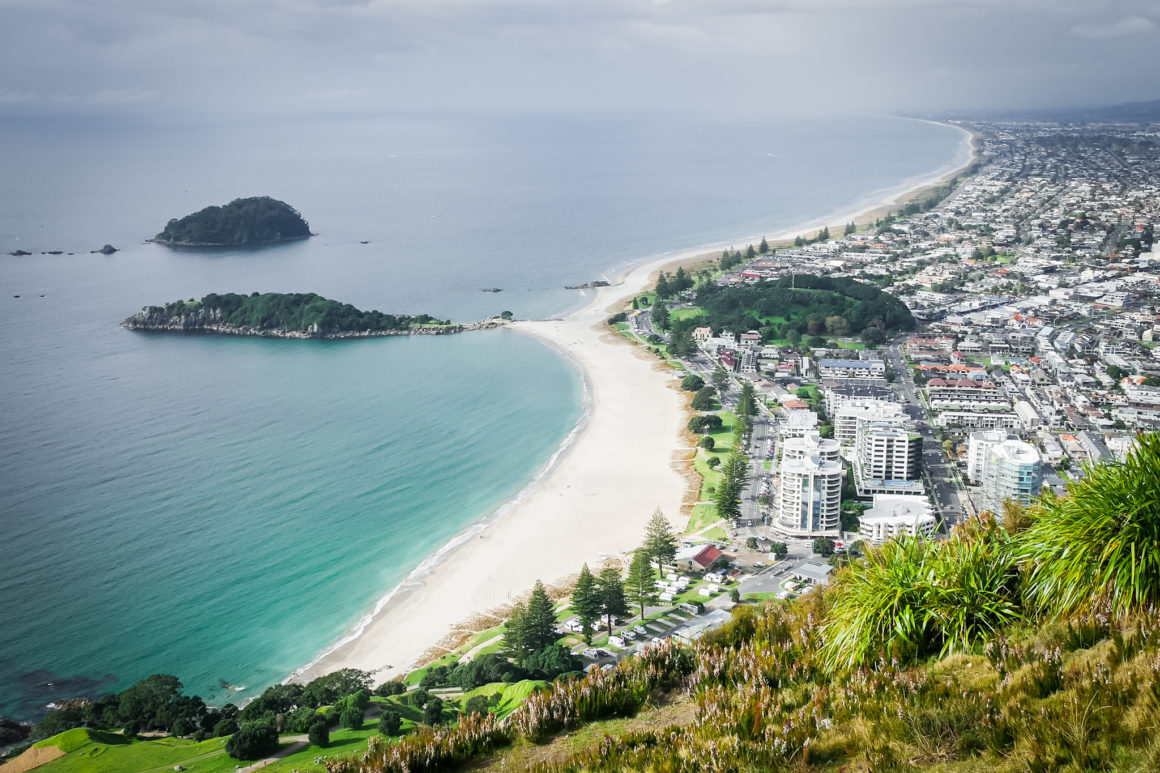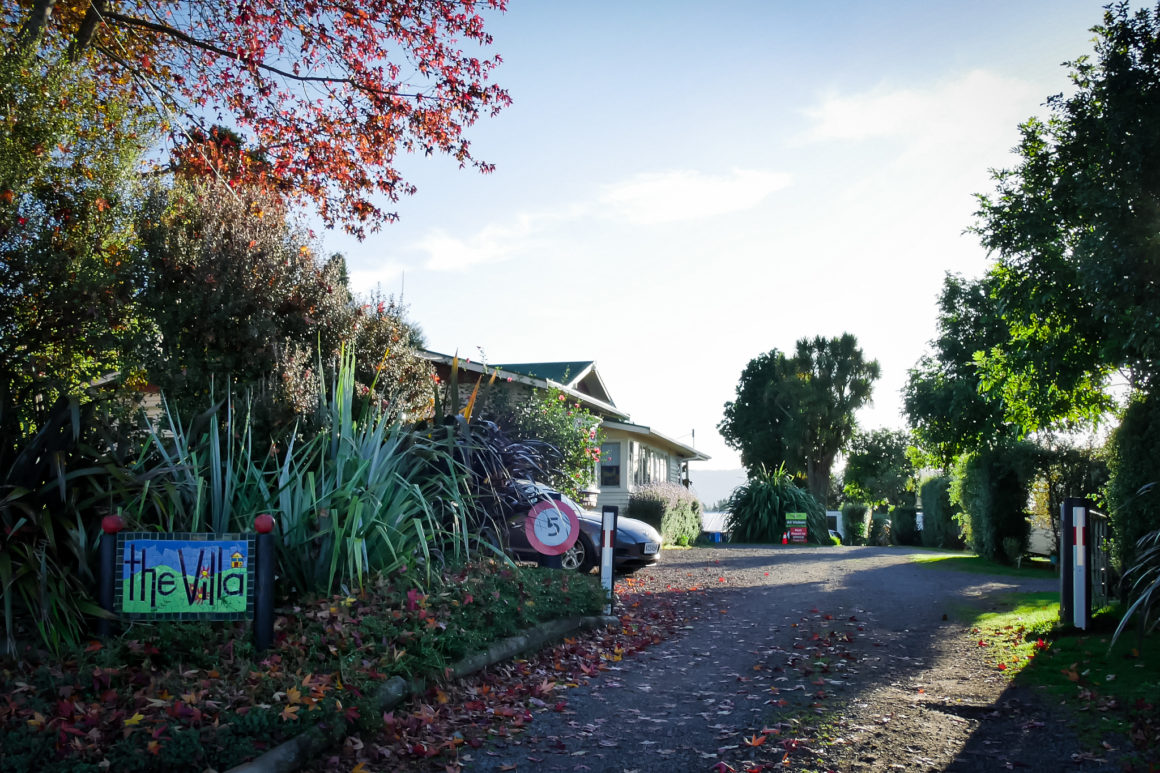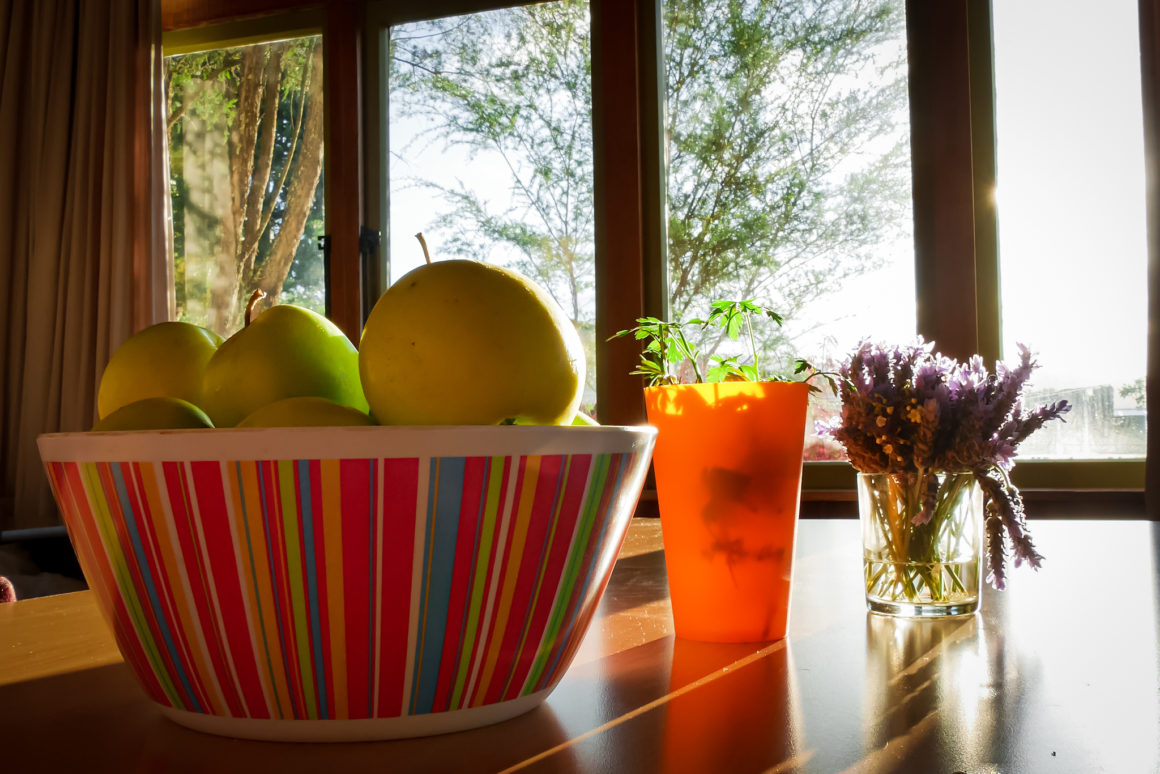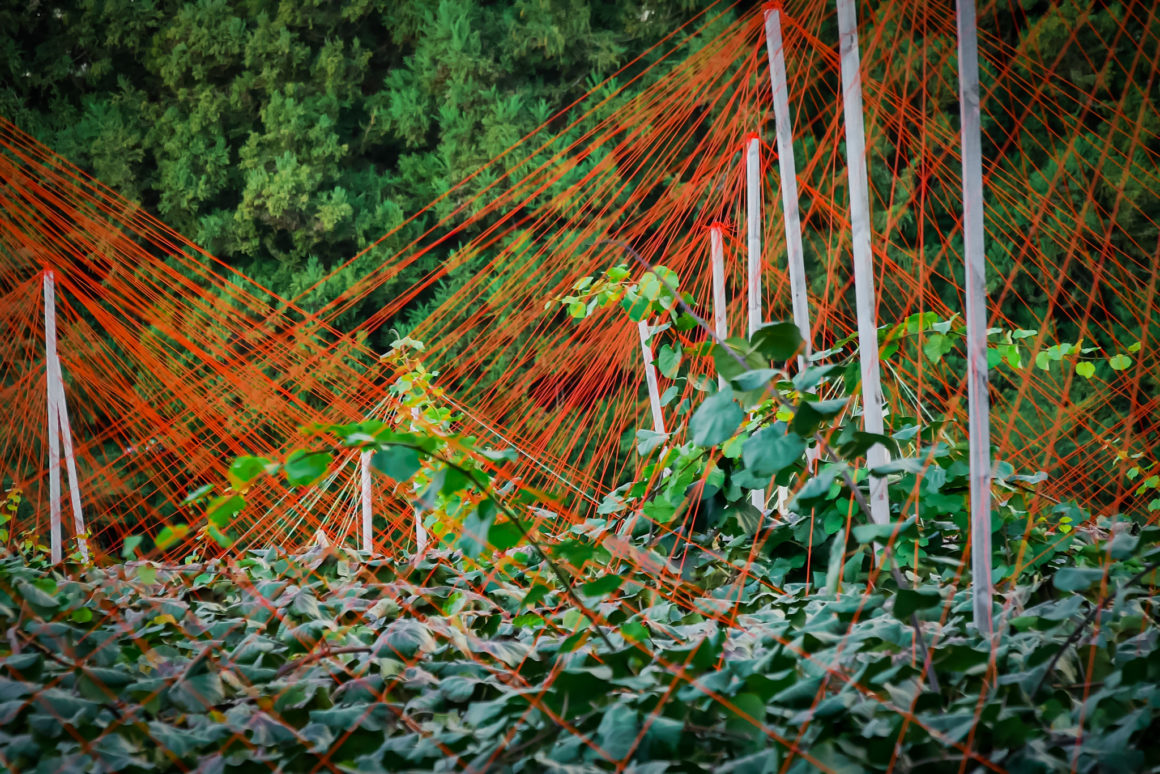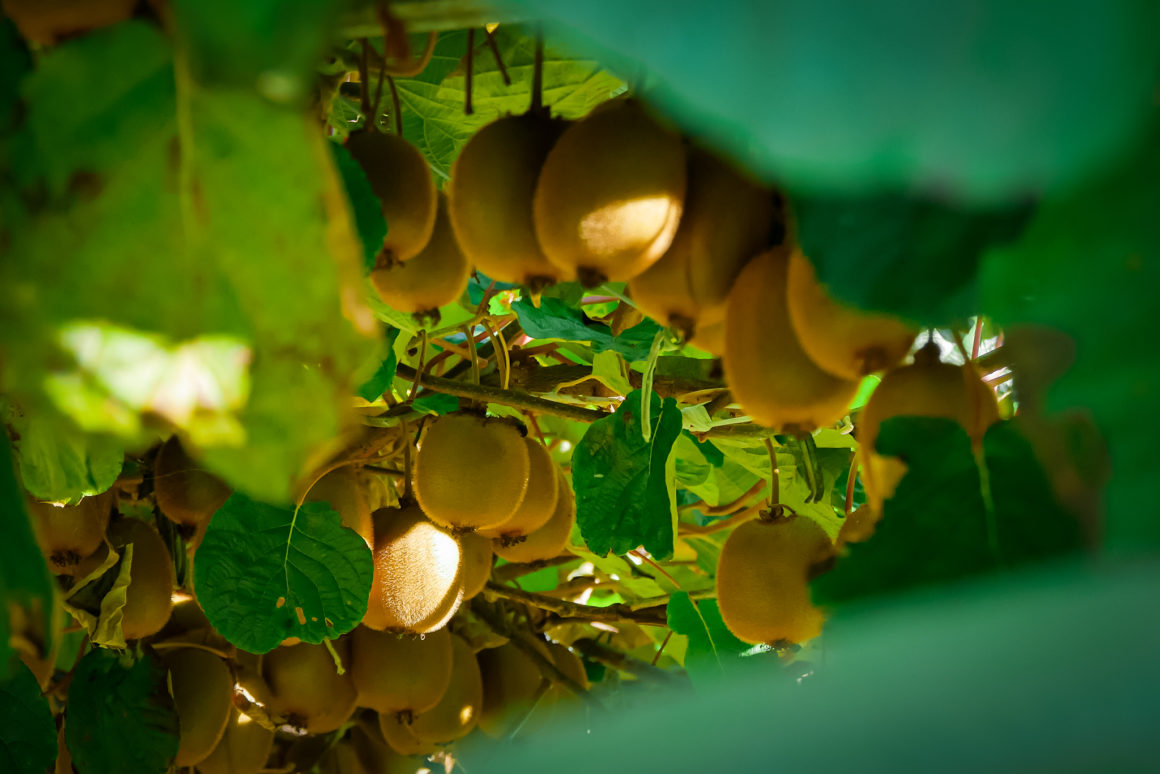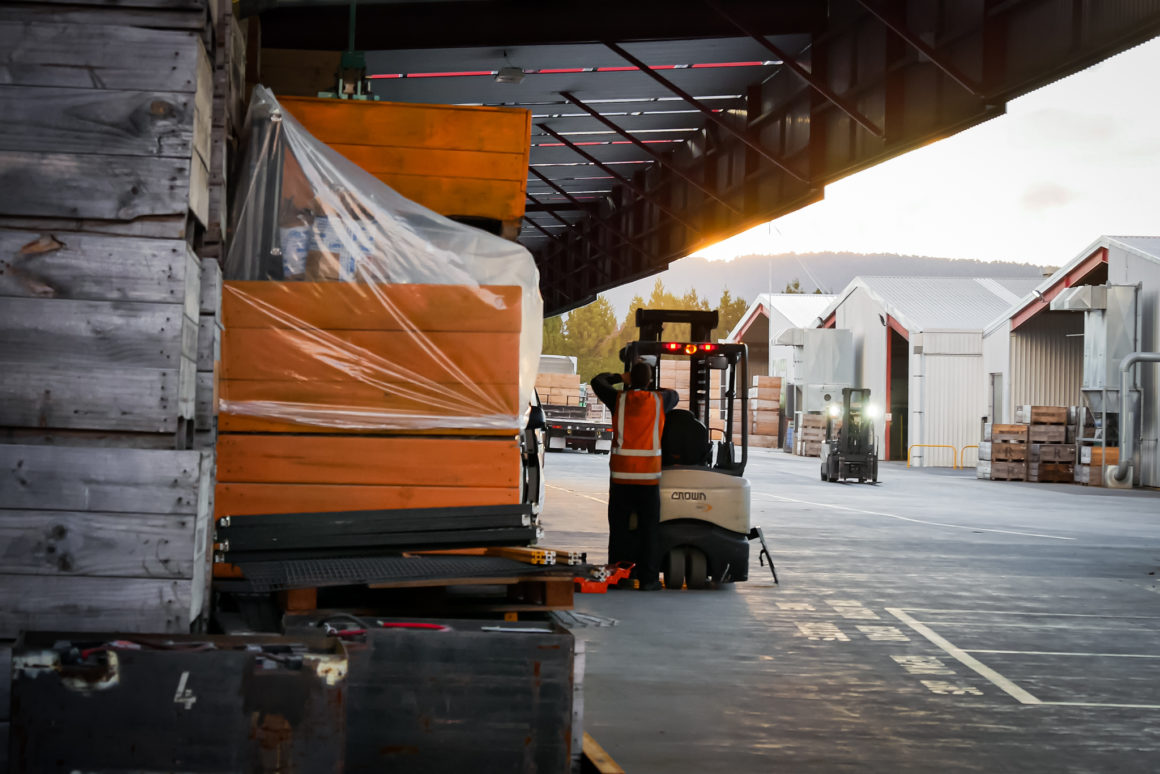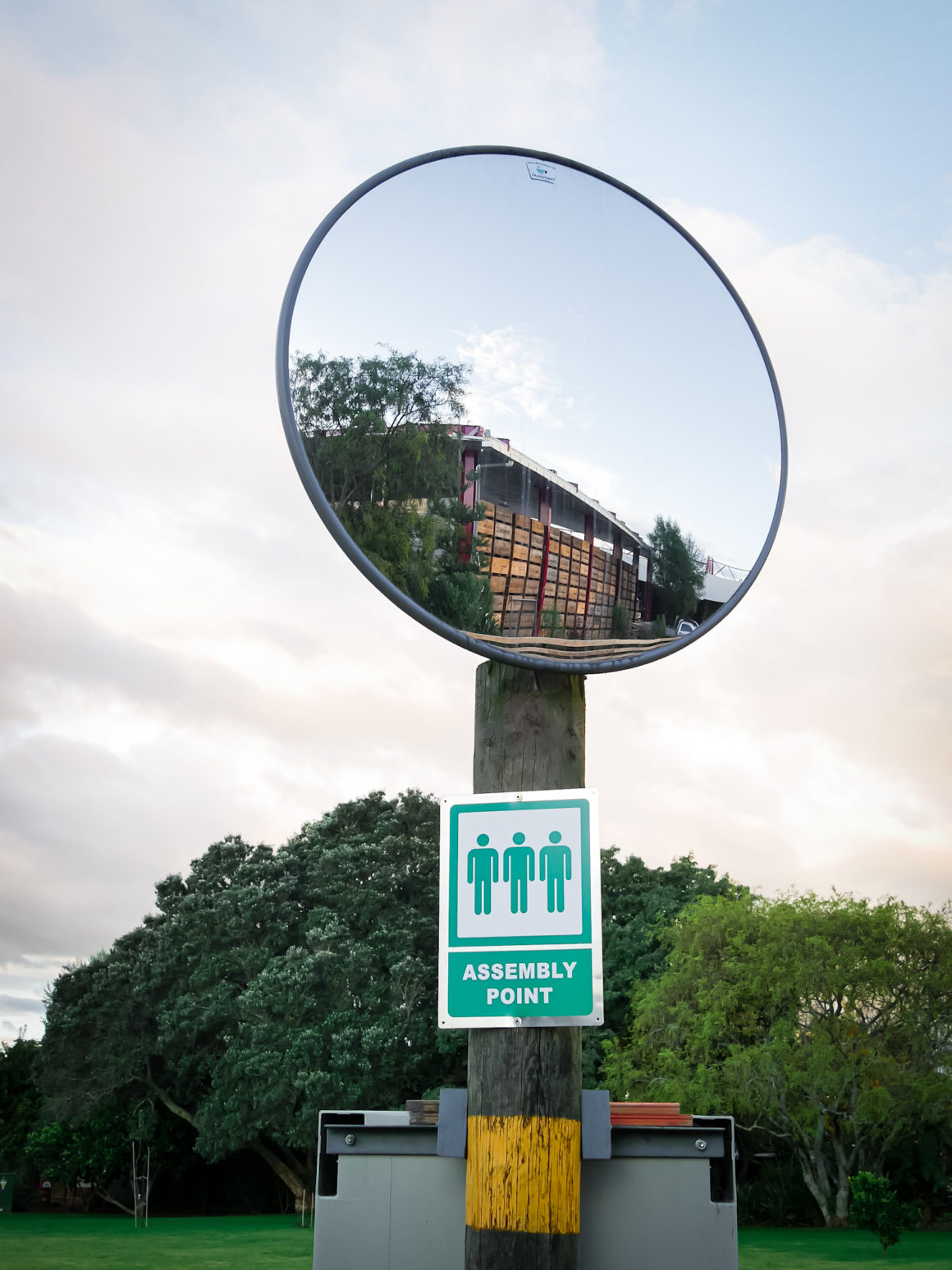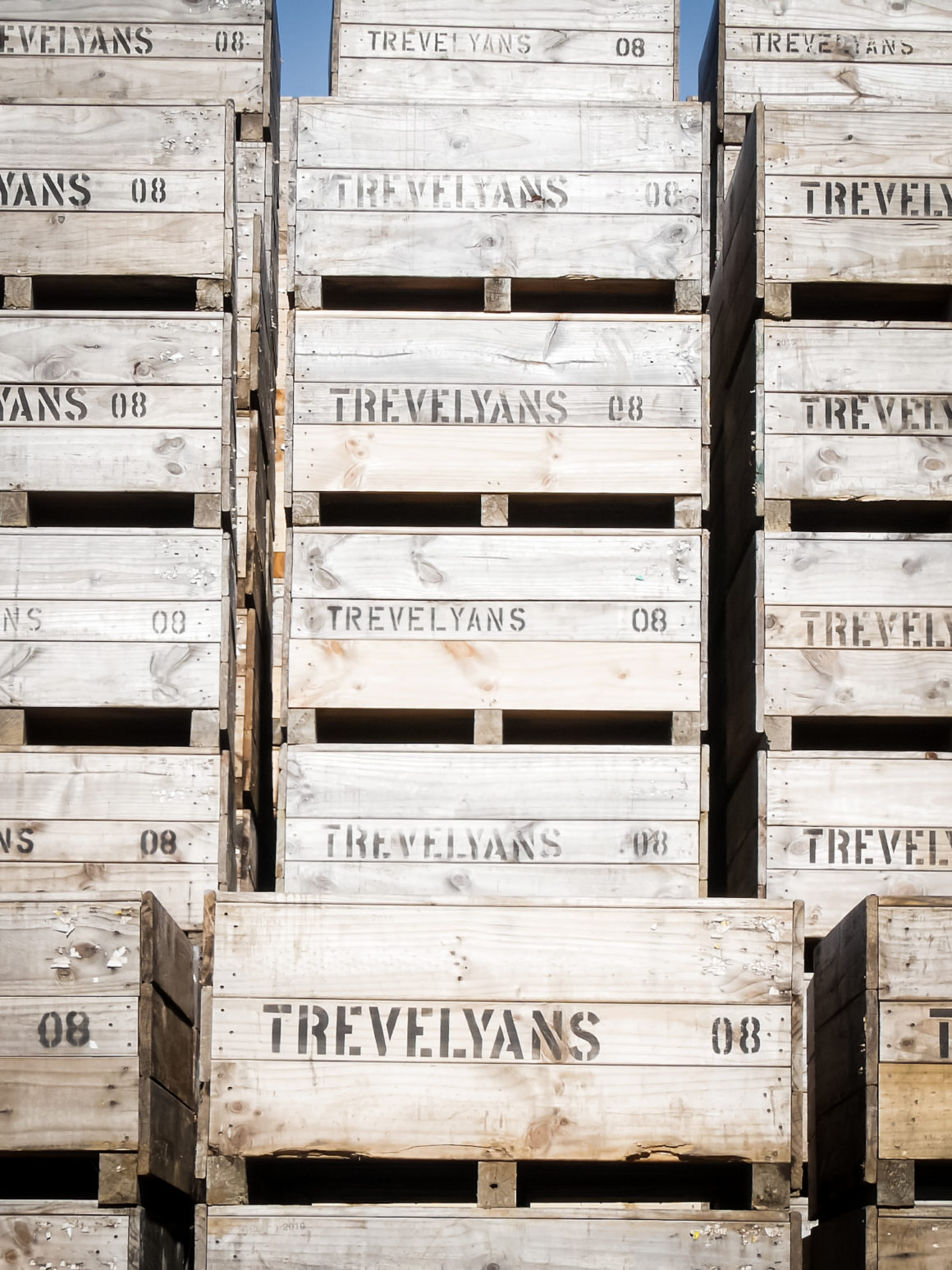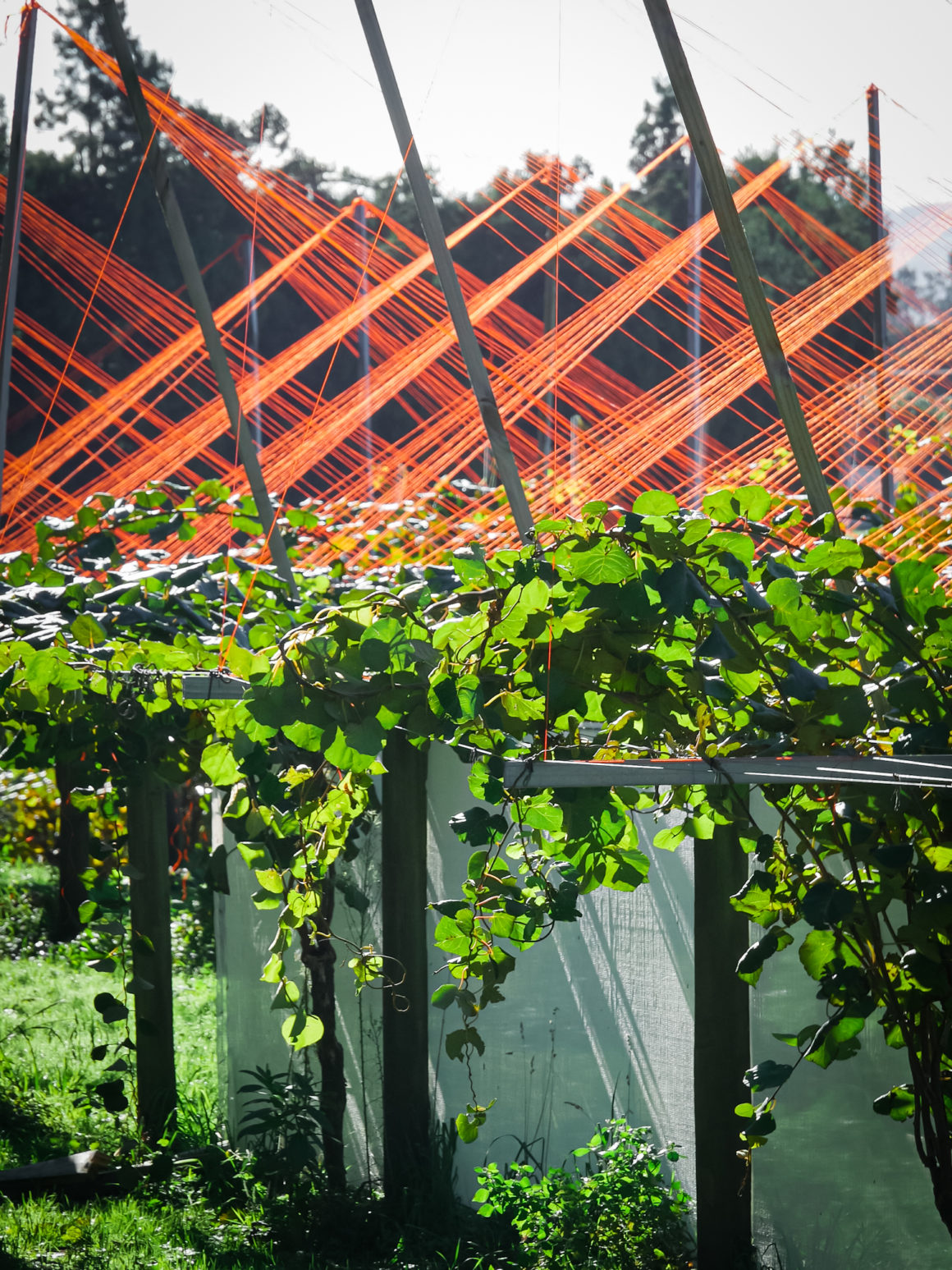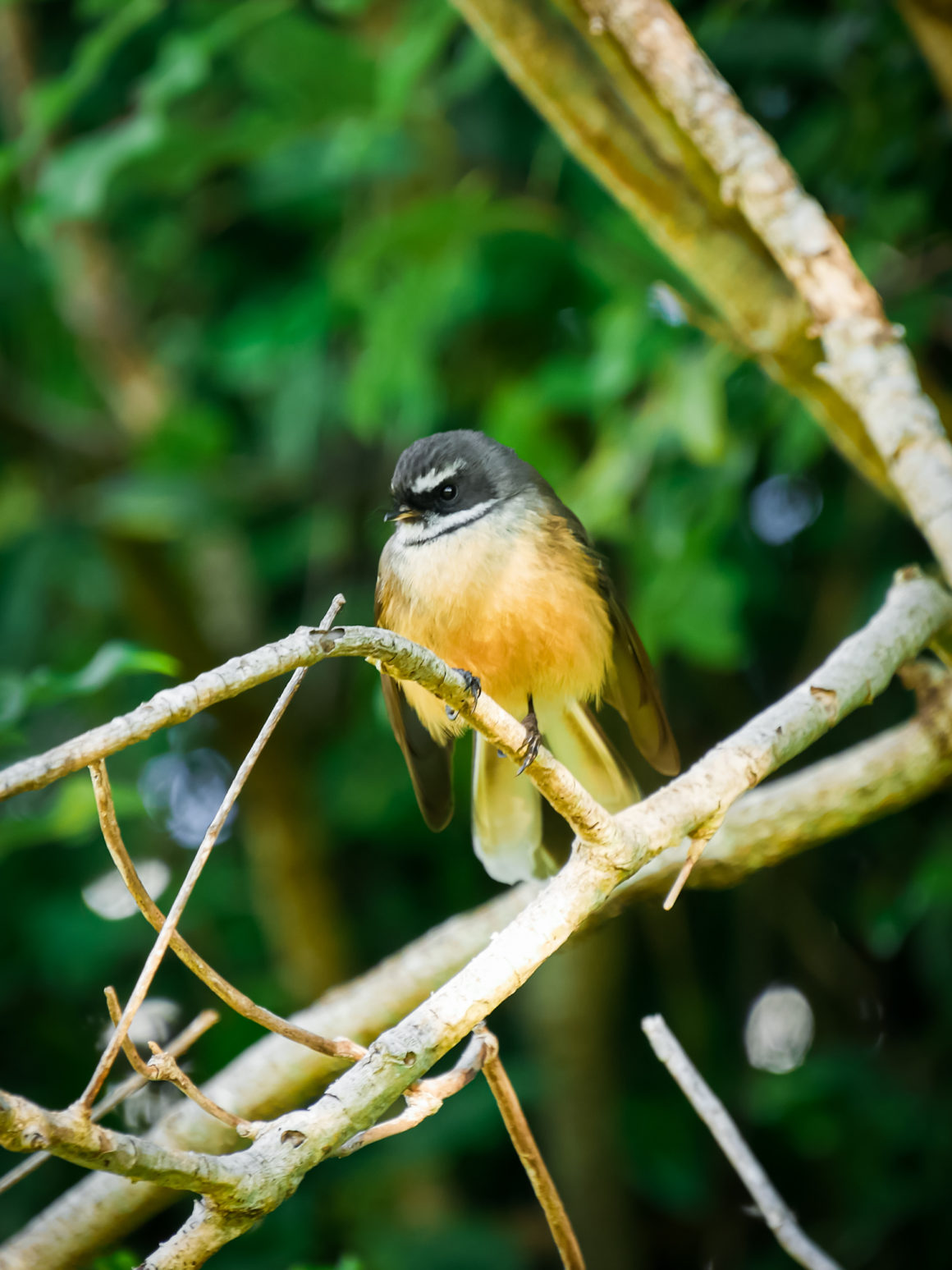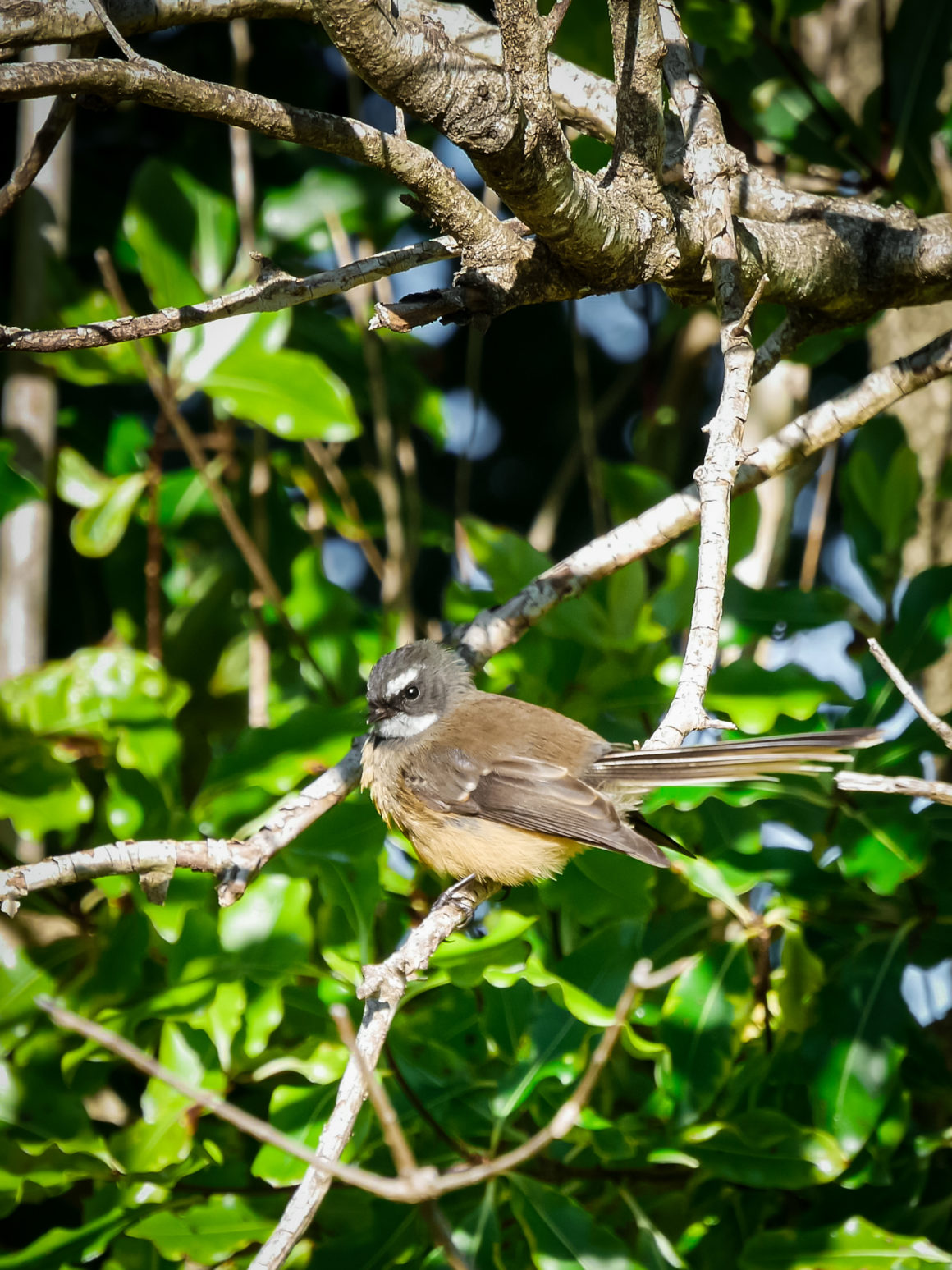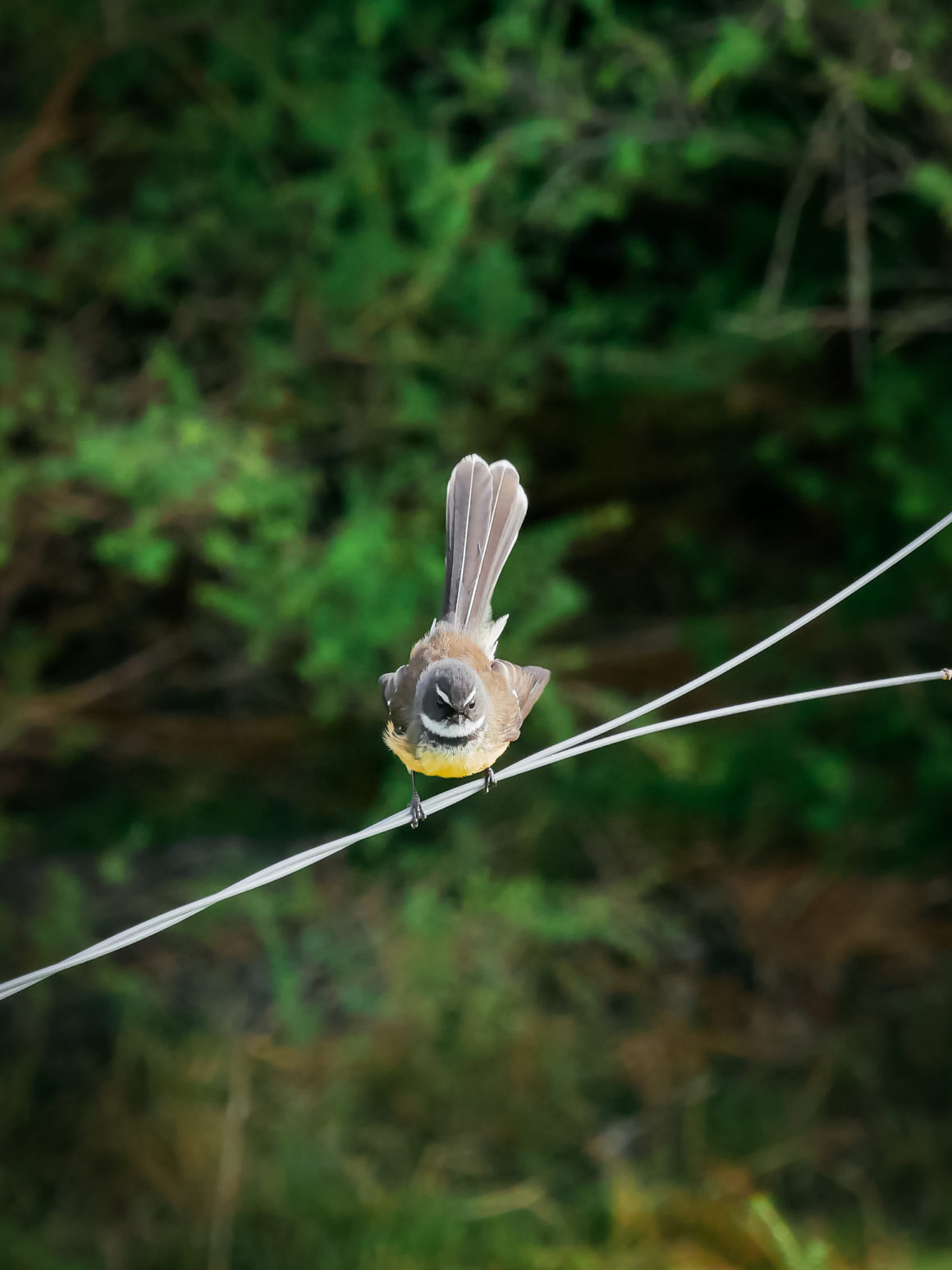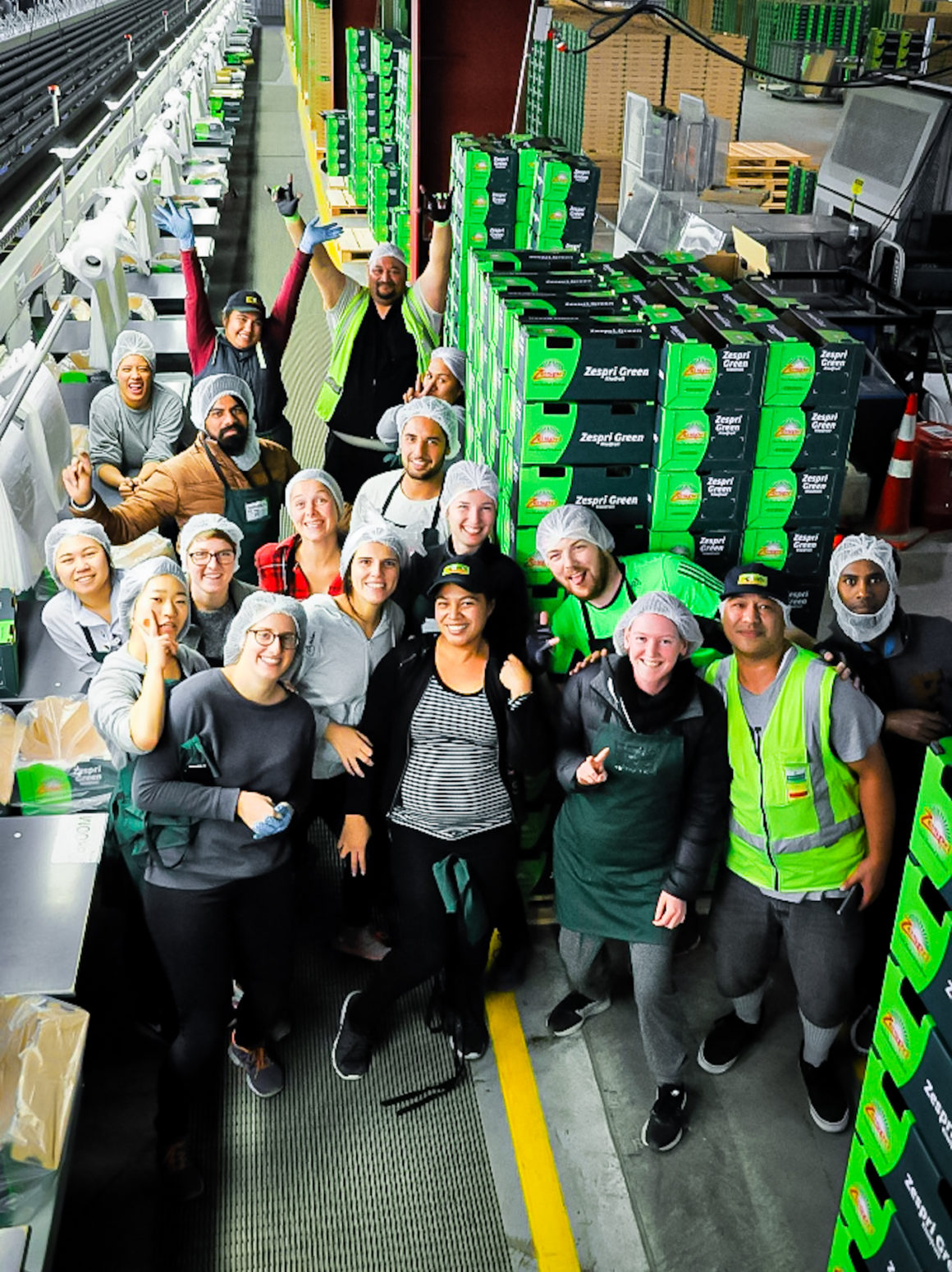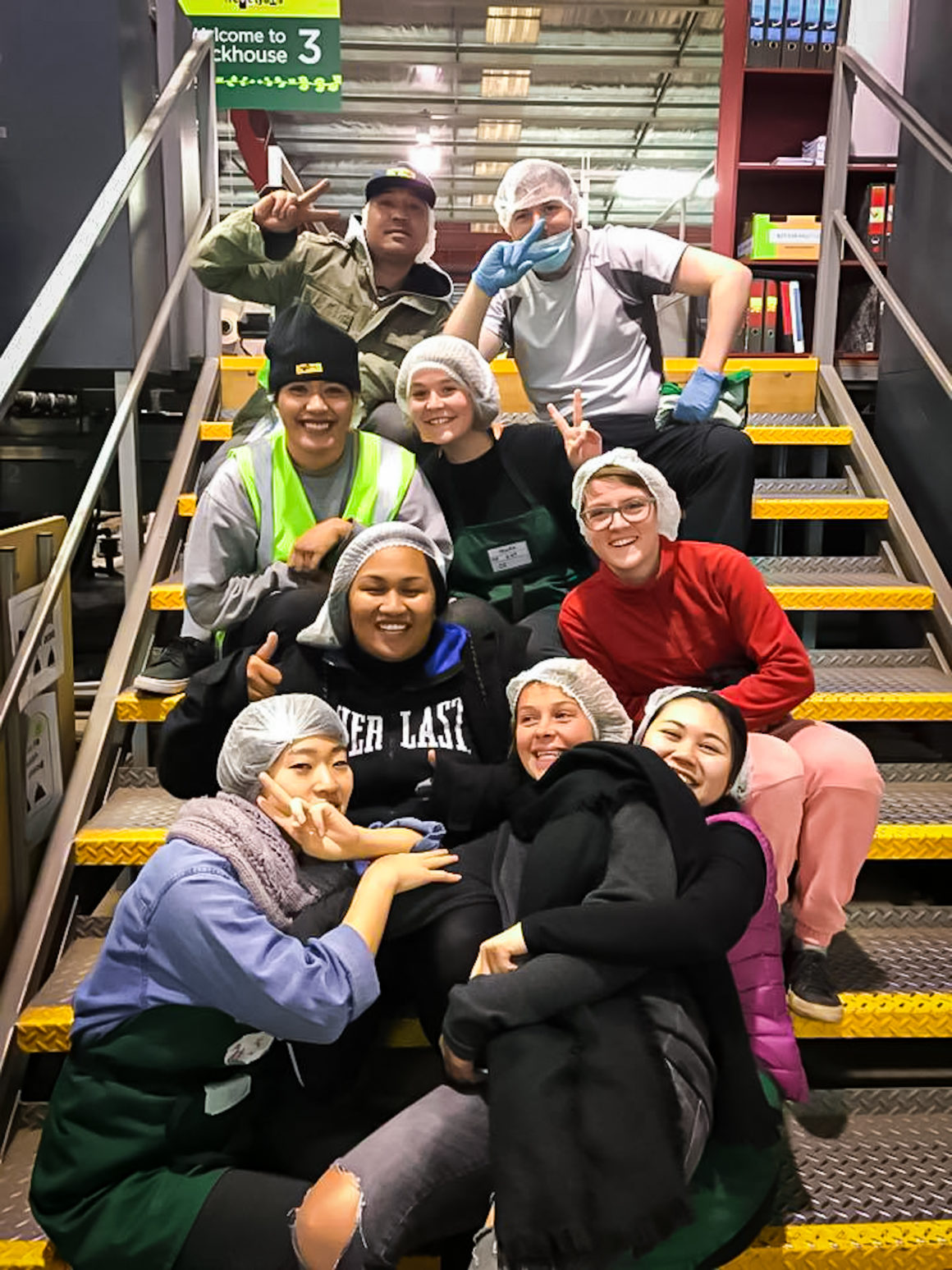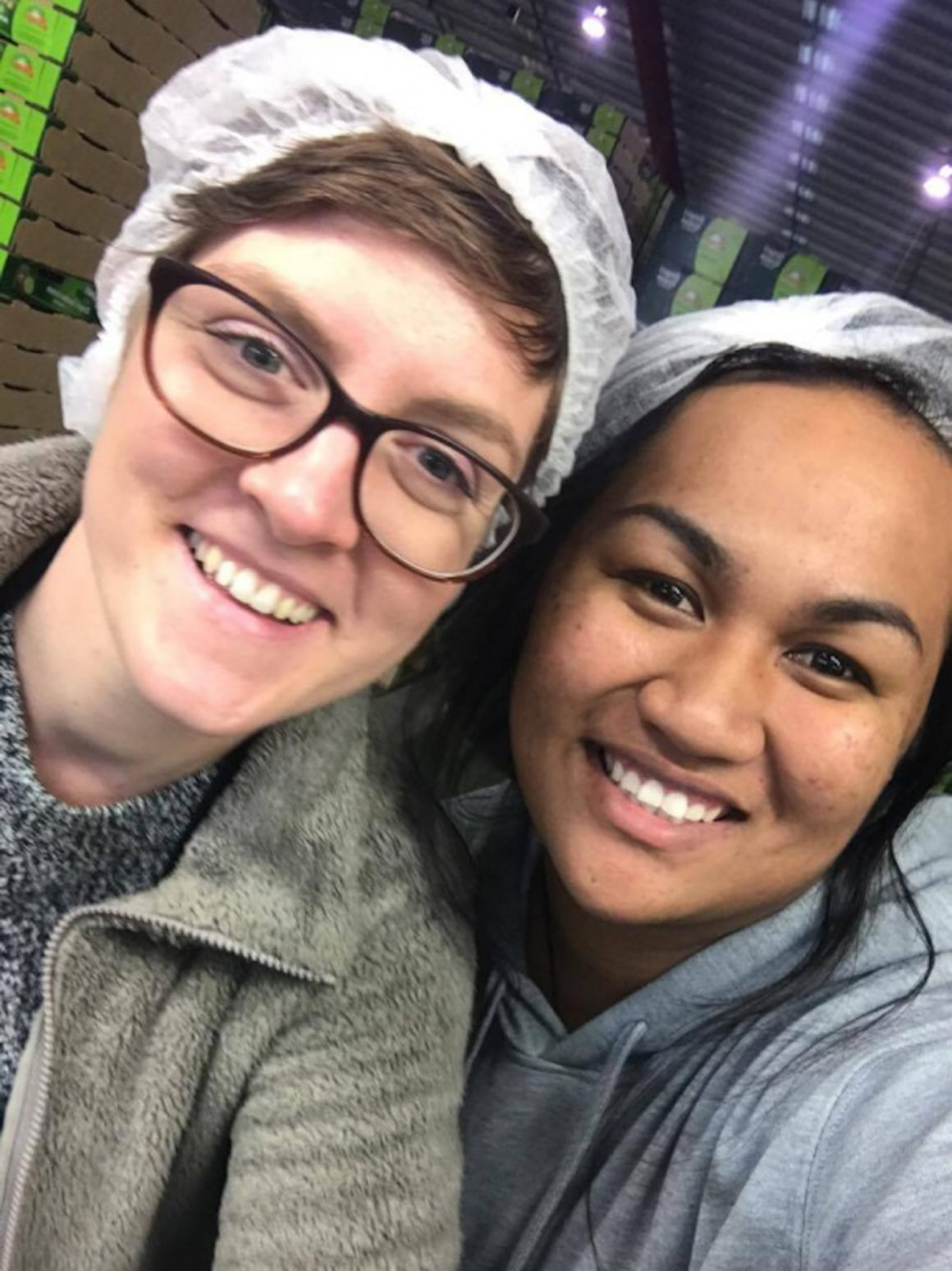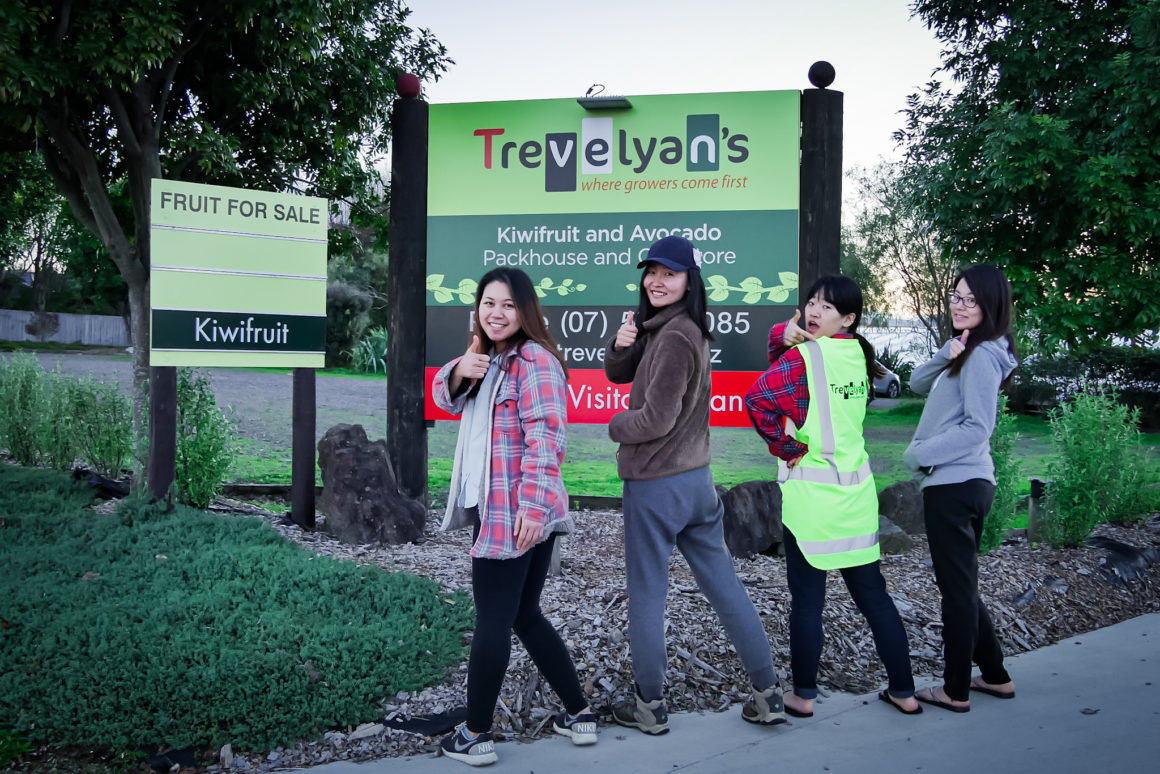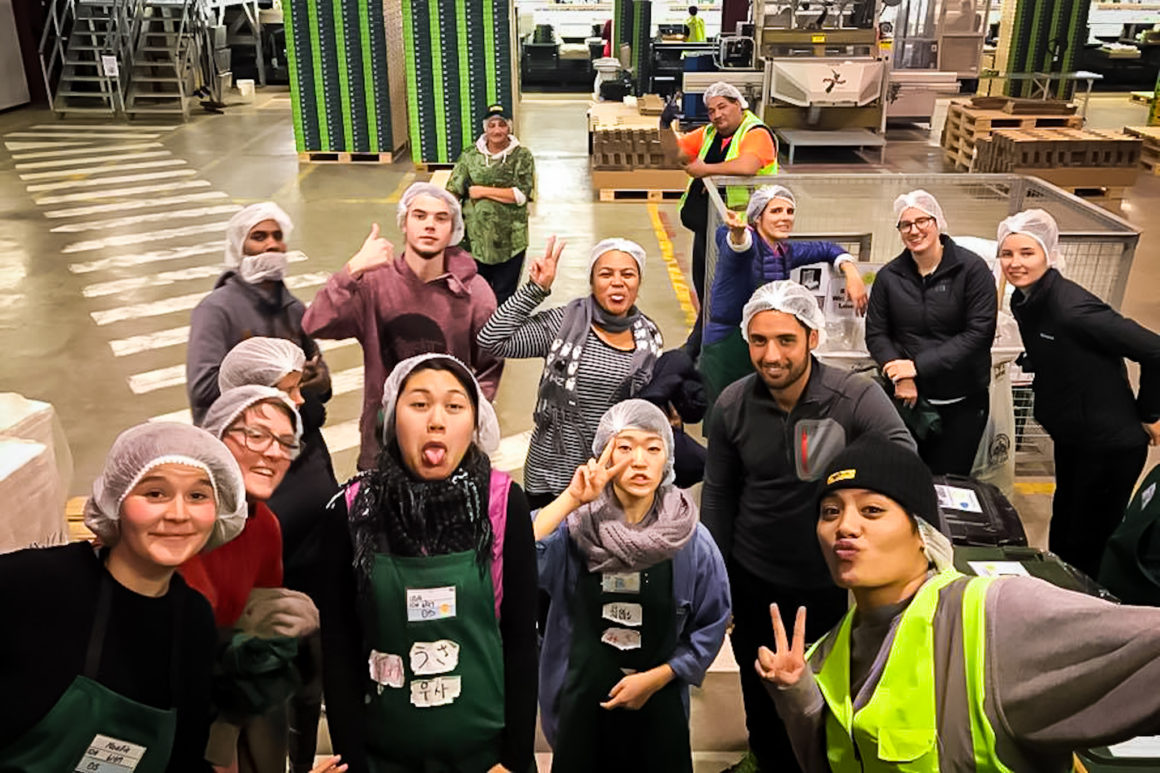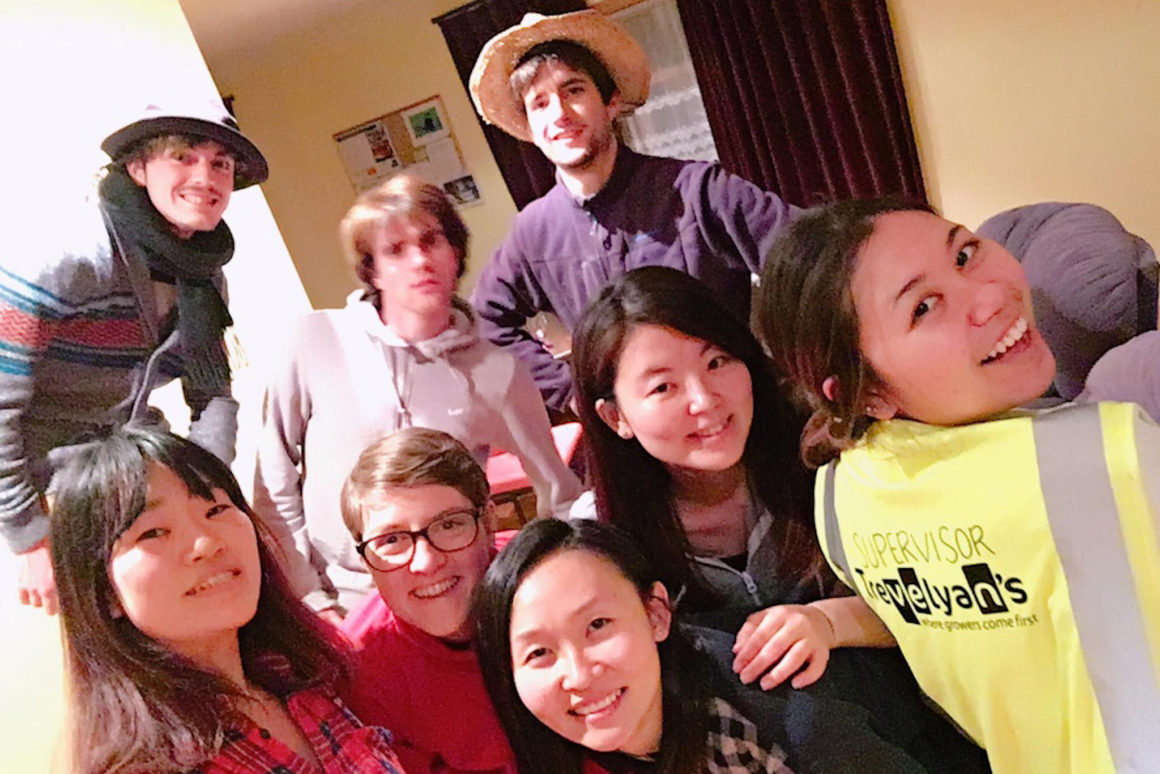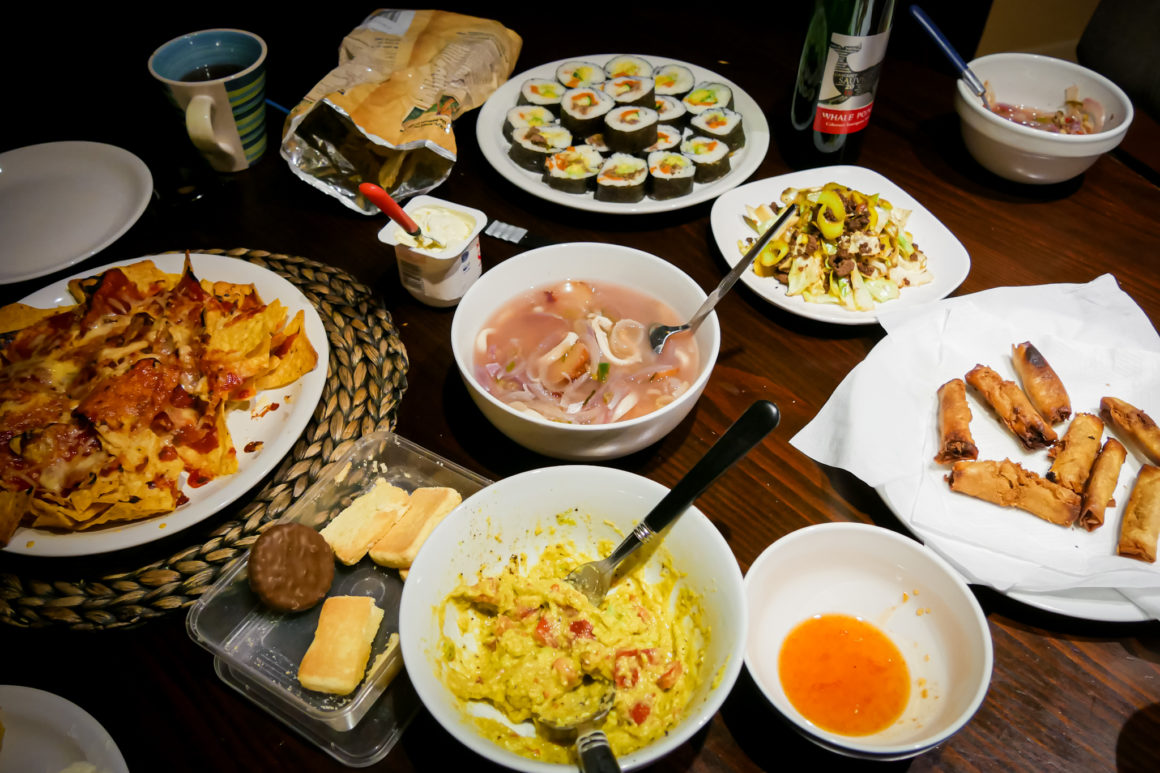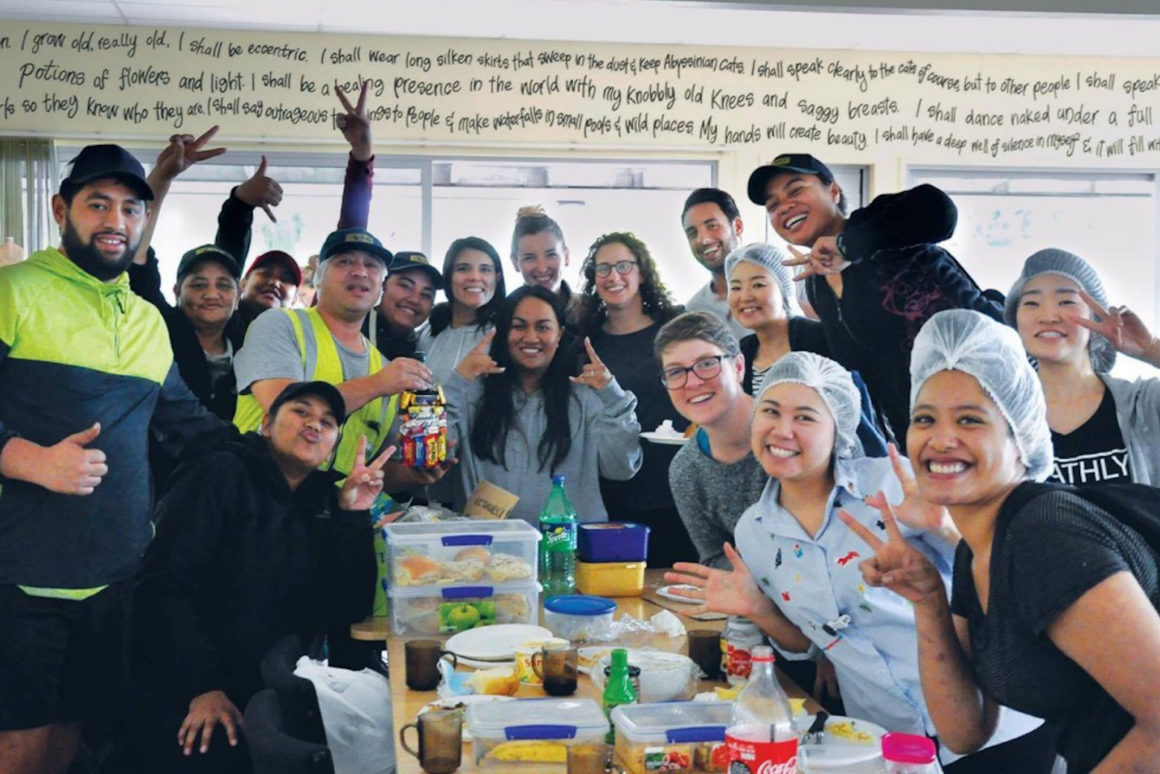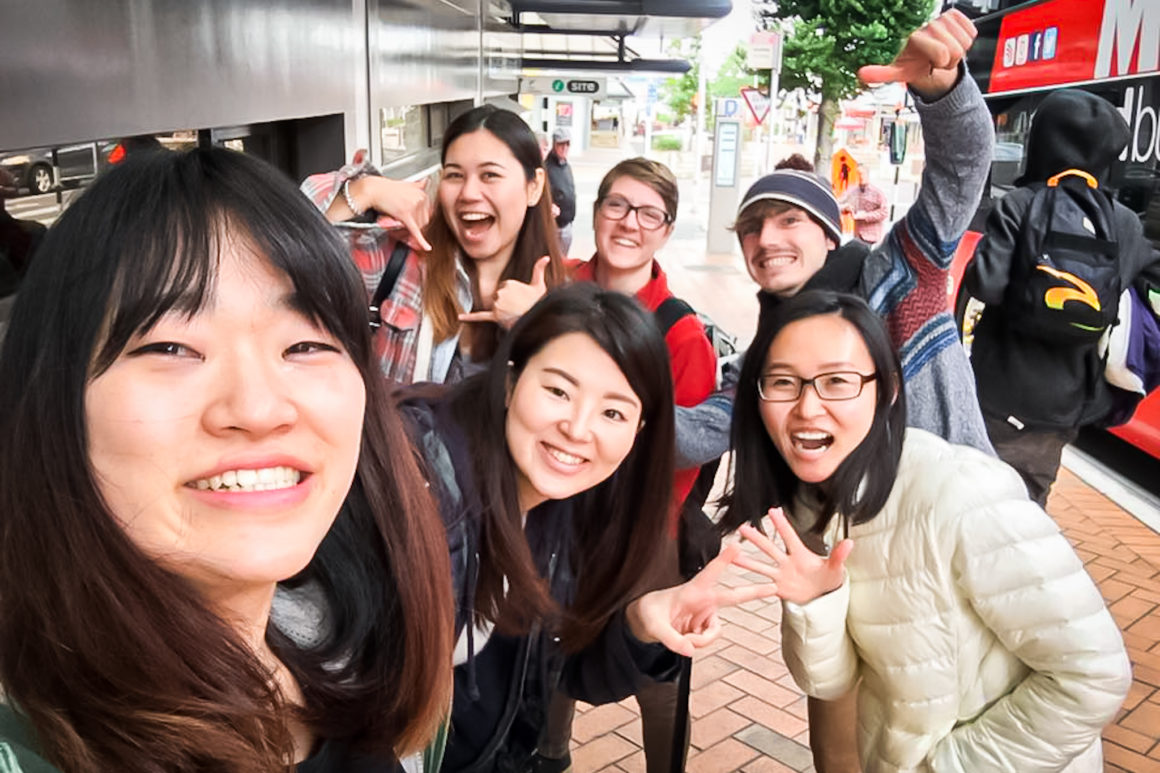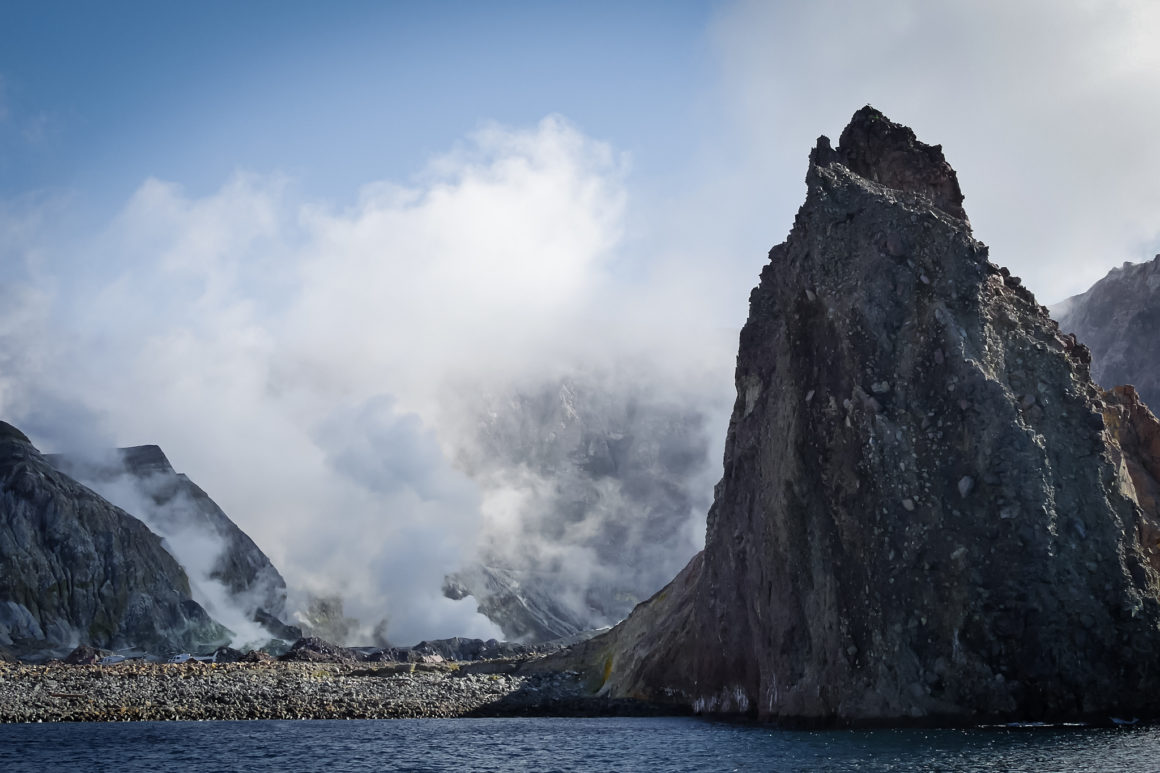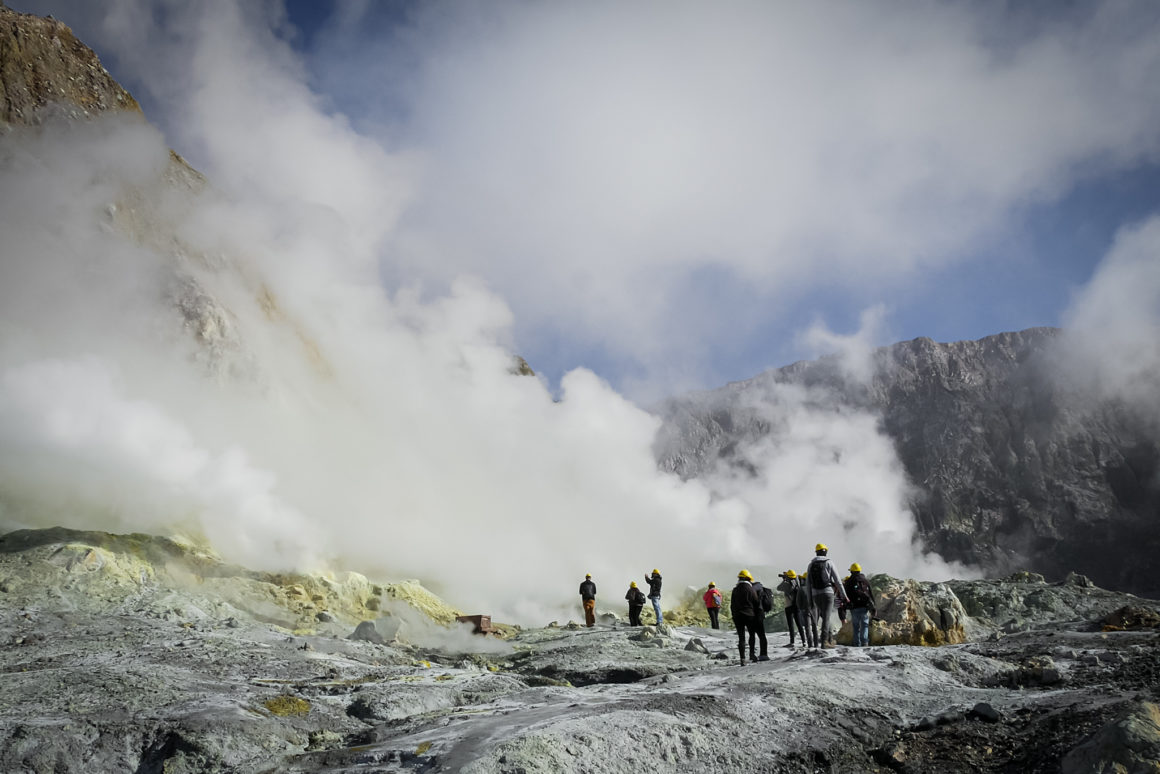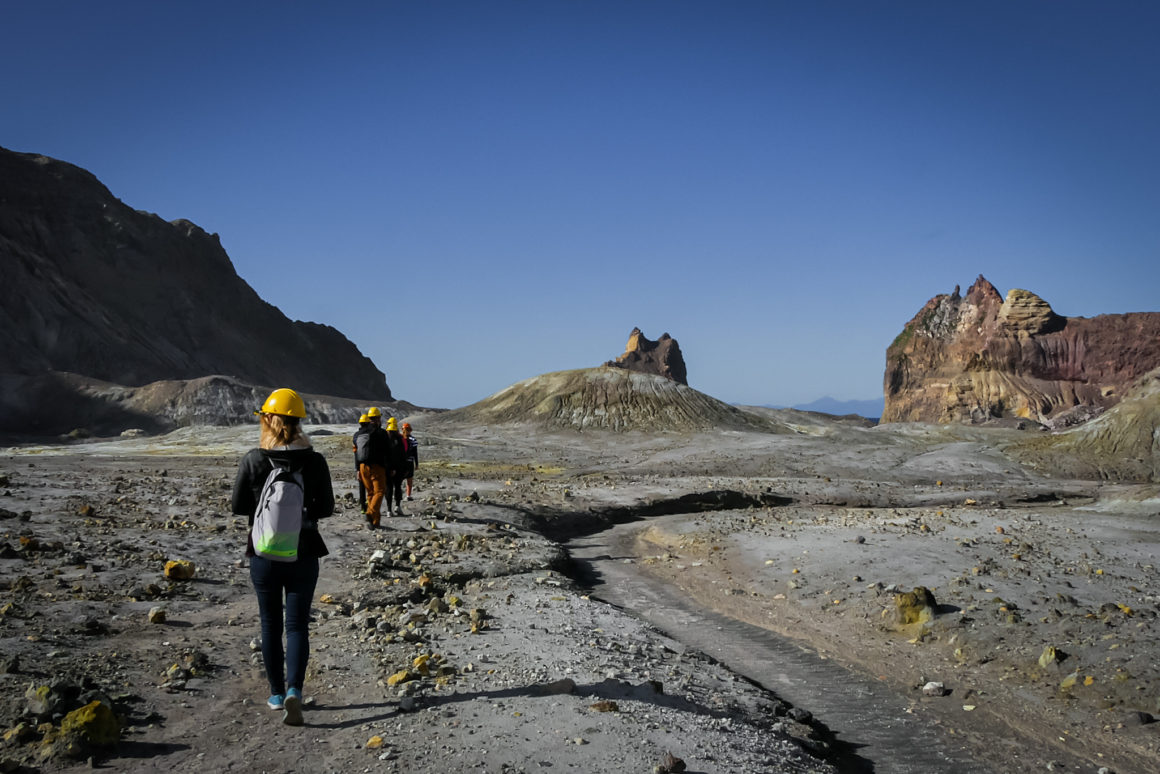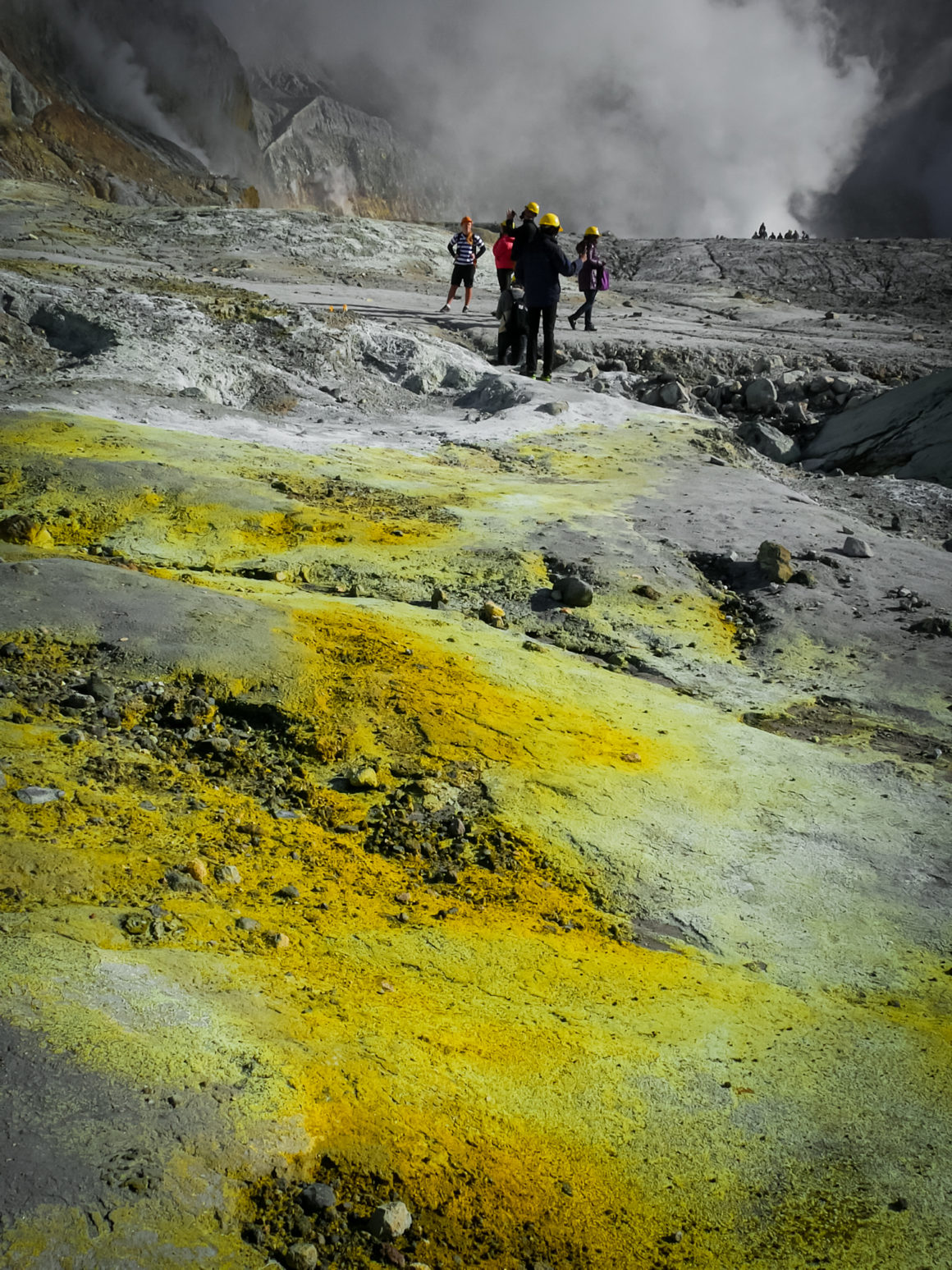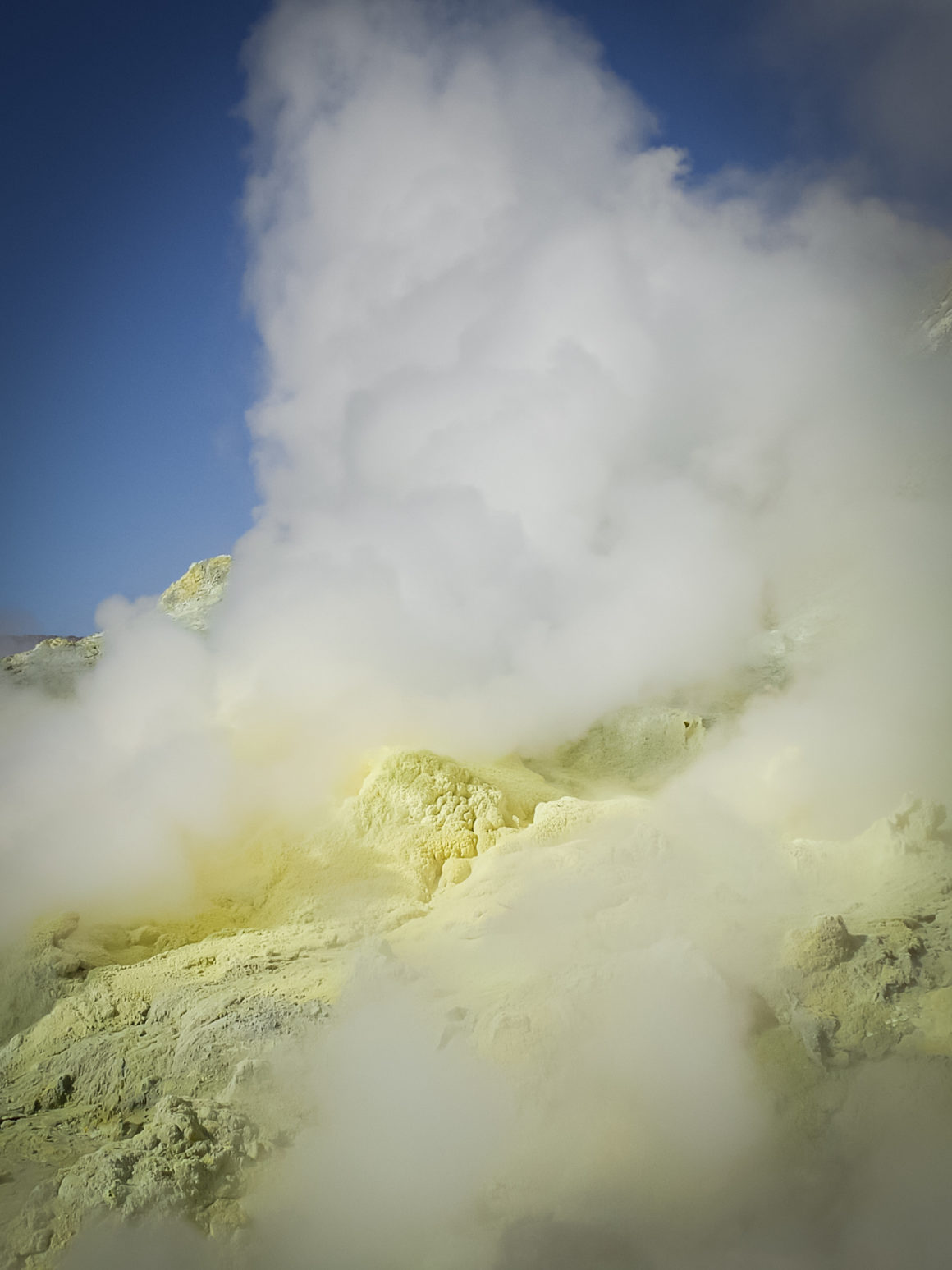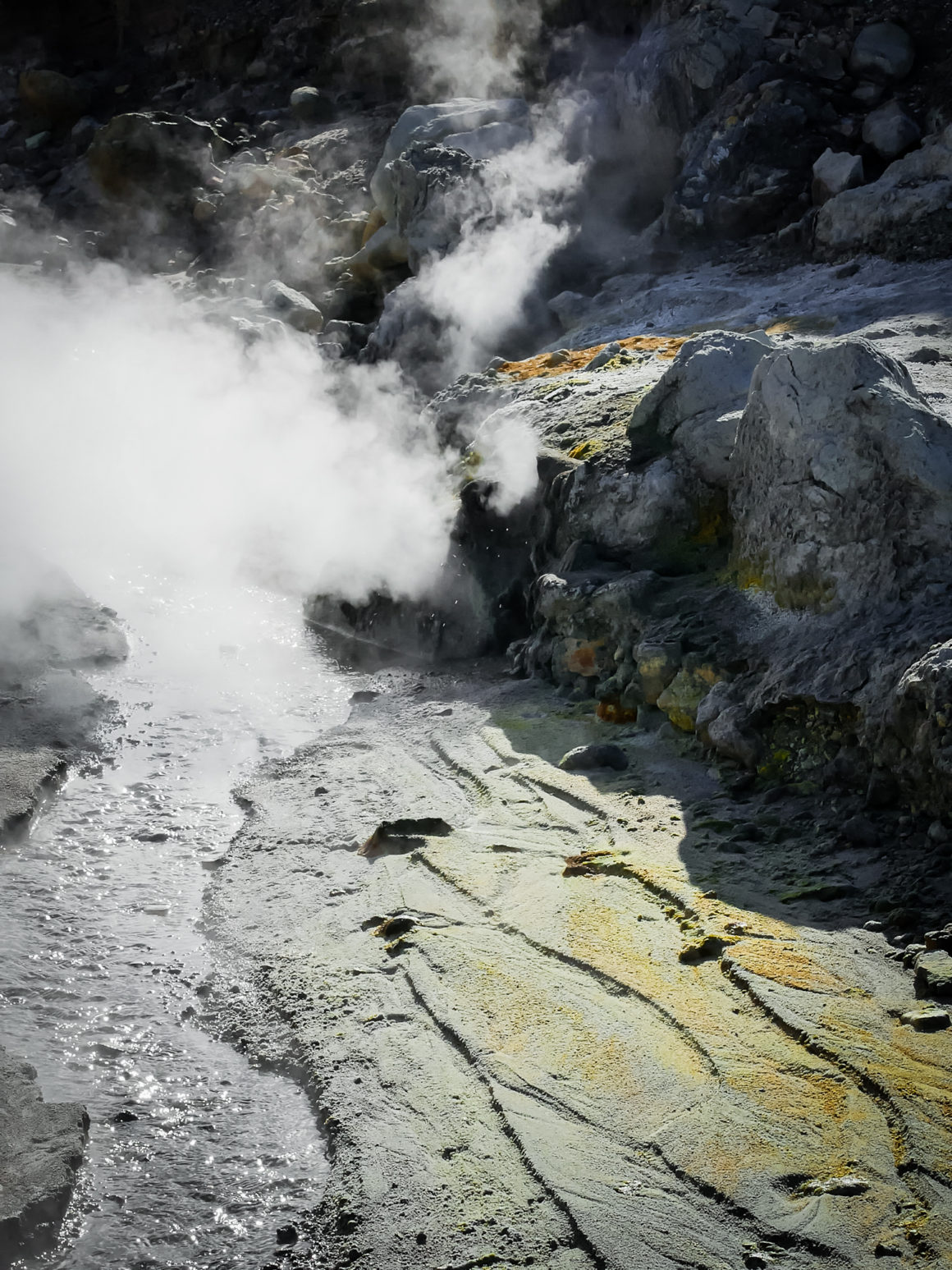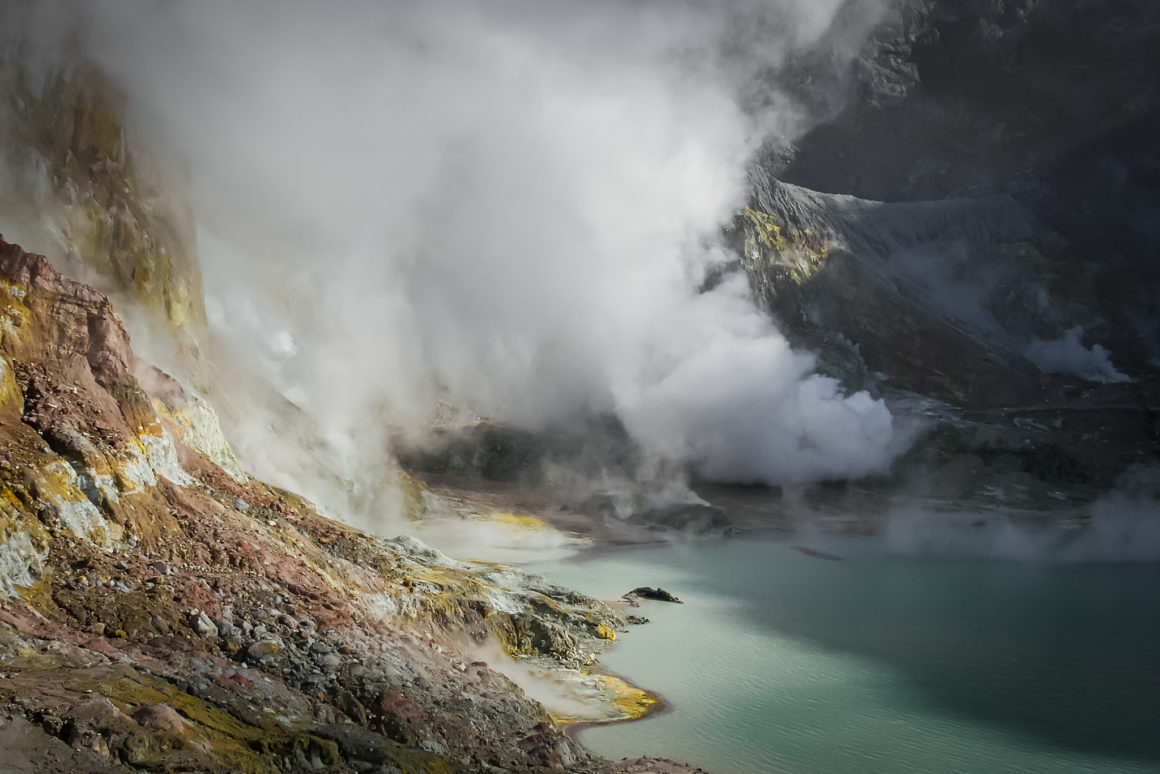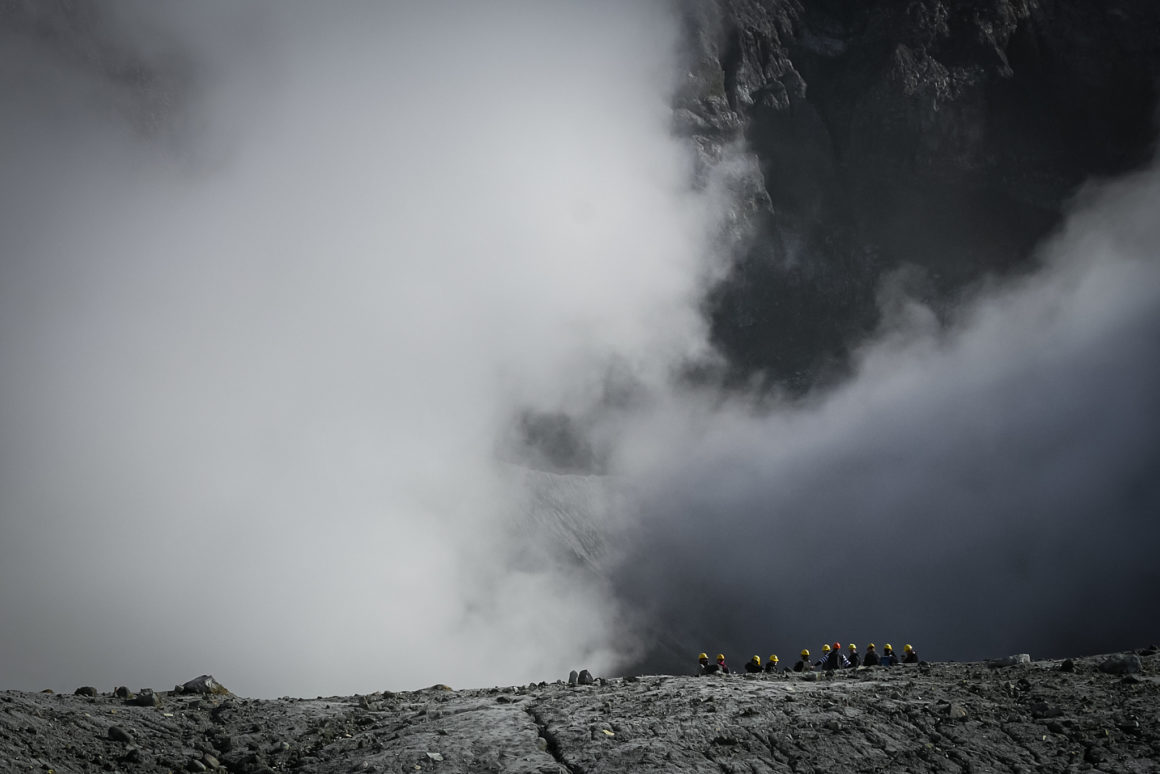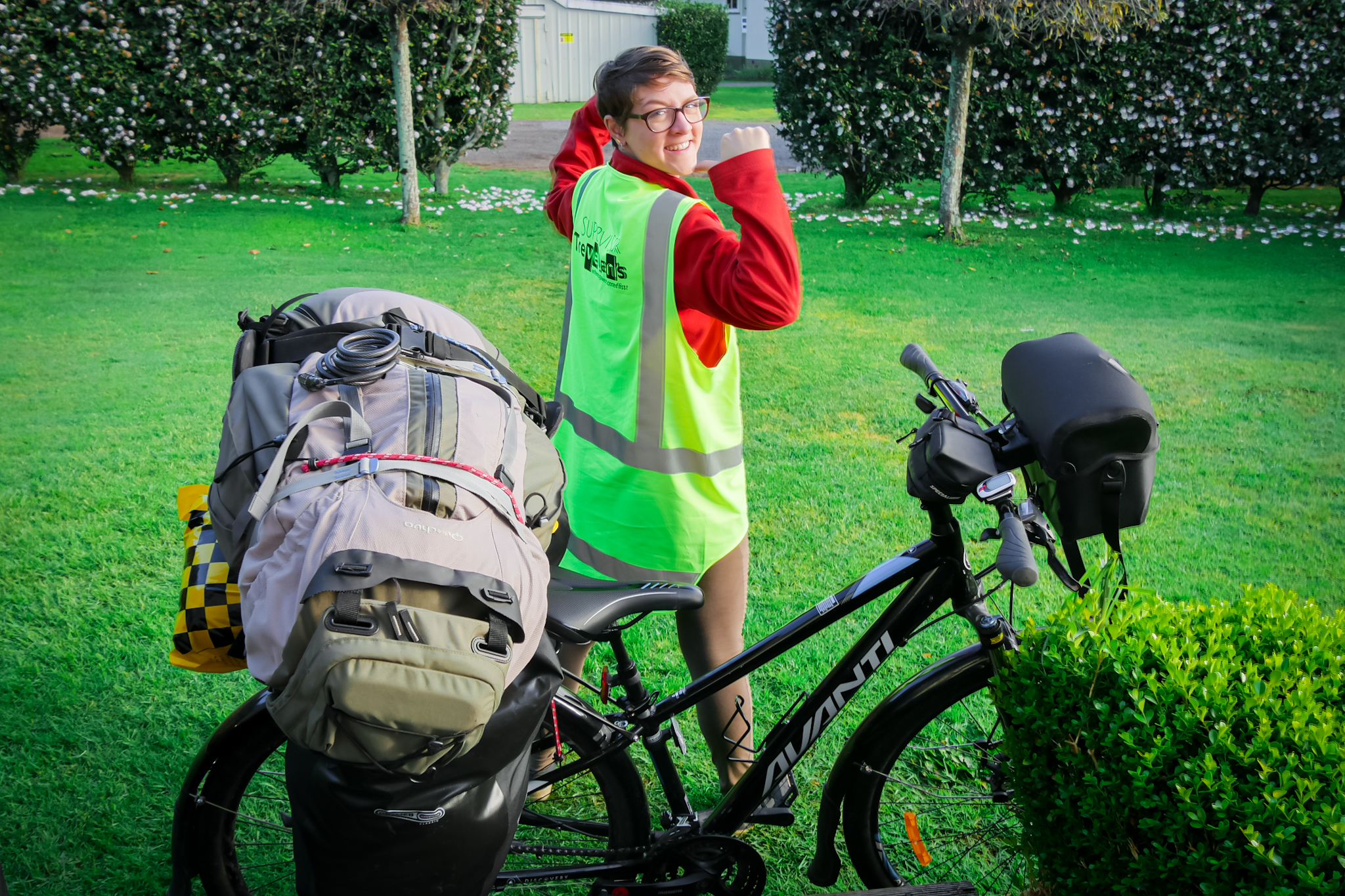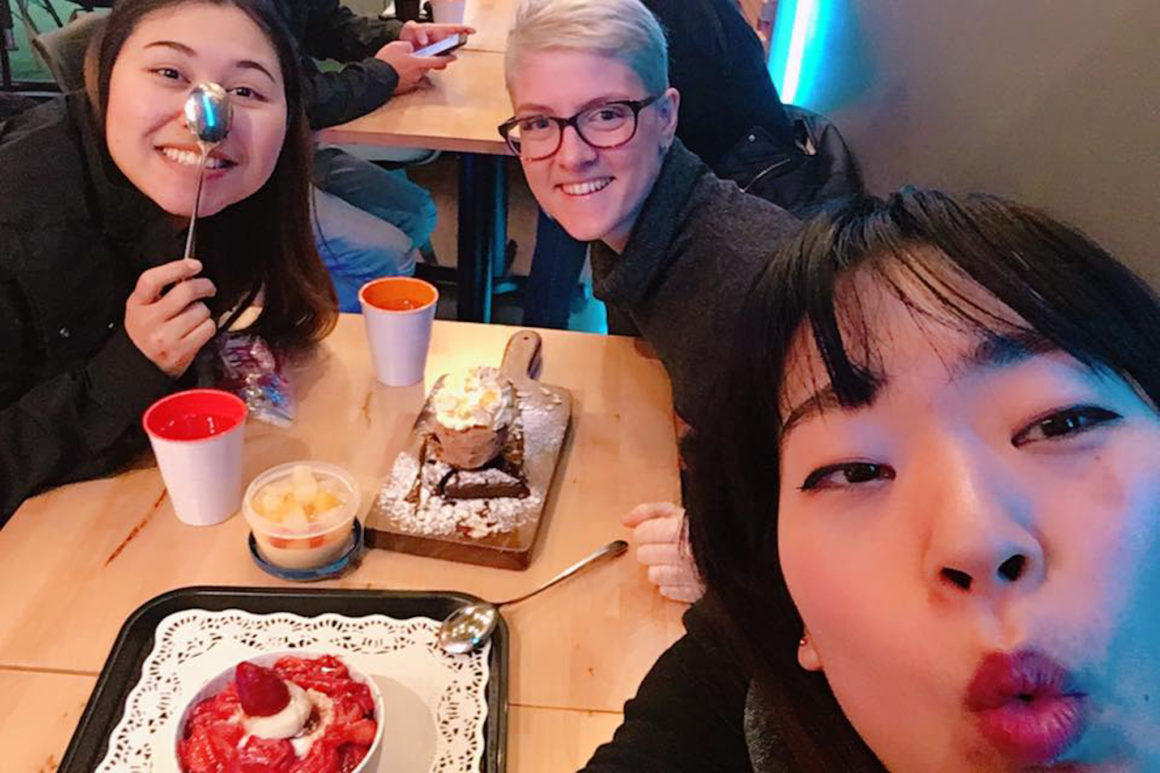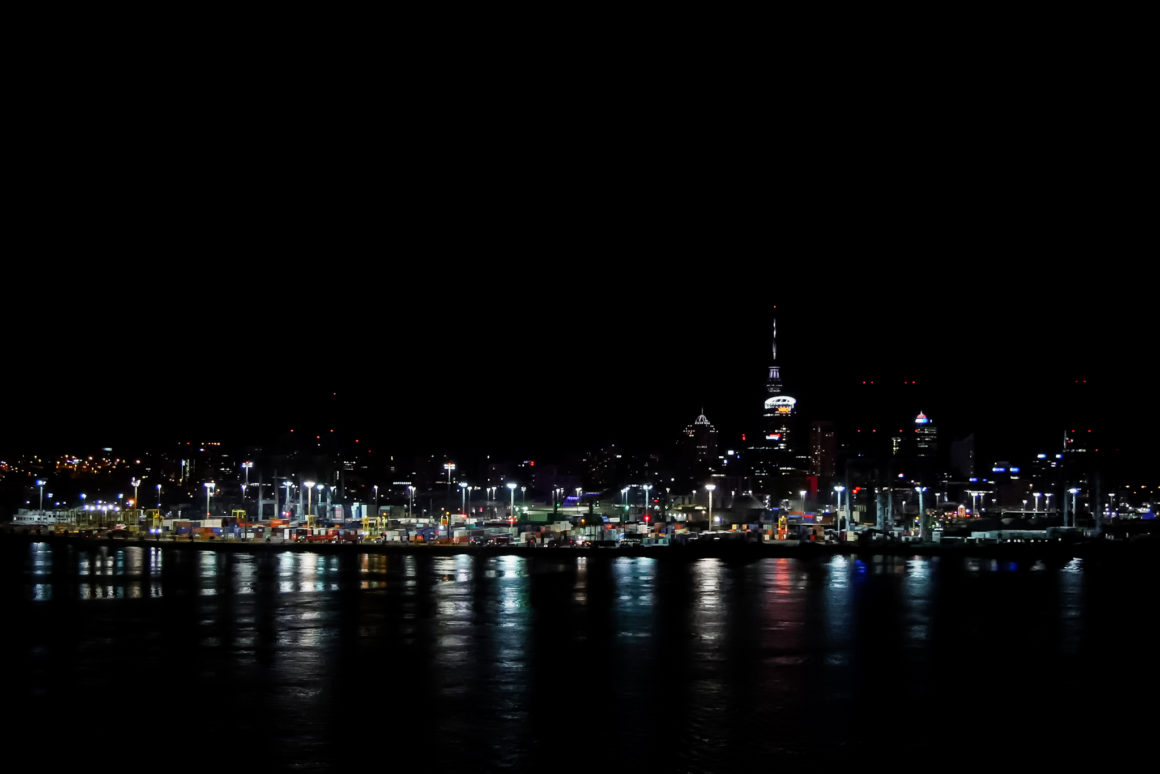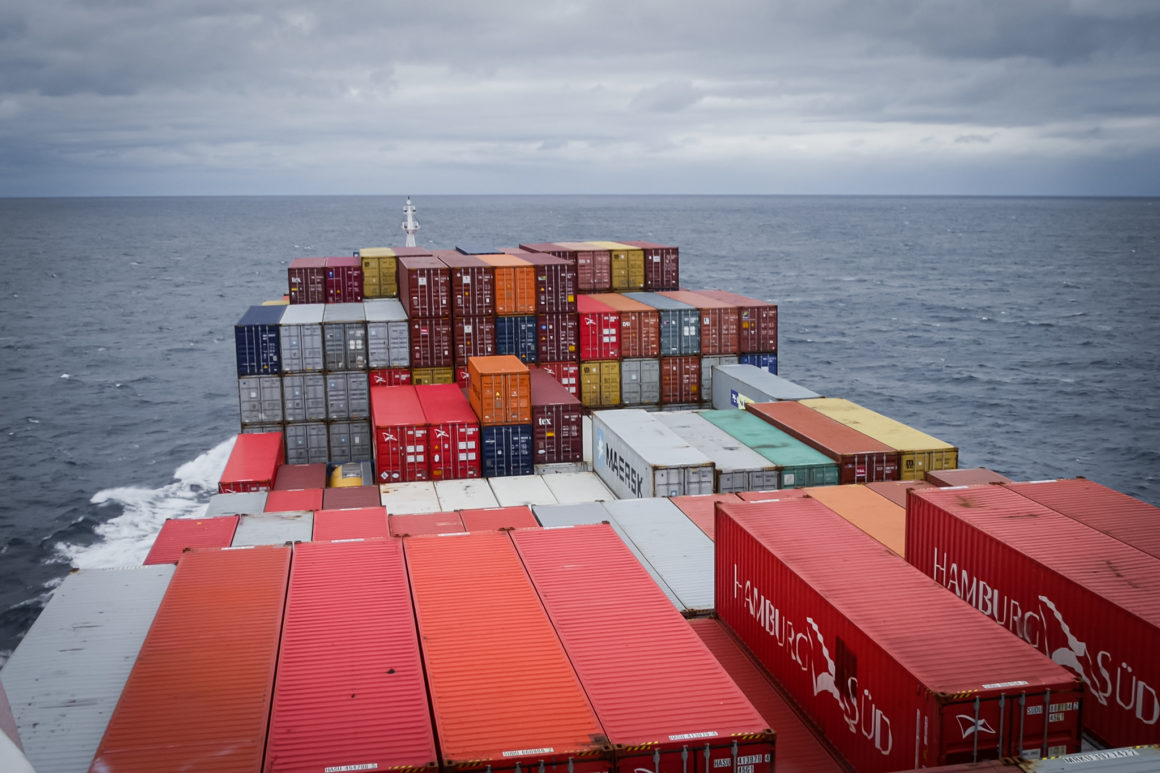DISPATCH
So here I am, installed at Trevelyan’s campsite. Six good weeks to pack kiwis fruits in order to get some money for the rest of my trip which I hope will be in Asia. I take advantage of my free weekend to get to know the people living in the shared house where I live. There are a dozen people from all over the world (England, Ireland, Italy, Germany, Japan, Peru, Latvia (and France with me)). Some have been there since the start of the season (early April), others, like me, have just arrived. The house where we live is an old house full of charm but which has trouble heating up. It is the start of winter in New Zealand and it is getting pretty darn cold. Fortunately small electric heaters appear as if by magic. I also take the opportunity to go for a bike ride in the surroundings. Visit of Te Puke, the village where Trevelyan’s is located, as well as Papamoa, the area along the bay. I am in the Bay of Plenty. Tourism and agriculture make up the two main activities supporting the region. At the end of the bay is located Mount Maunganui, a small hill which offers a lovely view of the surroundings. Tauranga, the “big” city of the corner sprawls behind the hill.
The work begins and I am assigned a number. I am part of the Trayliner team in D1. The work is divided into five groups: D1 – D2 – D3 – D4 and D5, the last being the group working when the others are at rest. Within each team there are different positions. The trayliners take care of opening the cardboard boxes where the kiwis will be stored, putting plastic inside and sending them to the Packers. These are on the other side of the line where the Kiwis are constantly sliding. They are the ones who store the fruit in the boxes. There are different types of boxes and plastics and you have to be quick so that packers never run out of boxes. In addition to storing the kiwis, the packers check that the stickers are present and that there are no kiwis that are too soft or damaged. Once the kiwis are in the boxes, the stackers take care of sticking labels and stacking the boxes on the pallets. At the very beginning of the line are the graders. They take care of sorting the kiwis by size and also of removing damaged or too soft fruits. Other works exist such as Quality Control but not having had the opportunity to approach them, I do not know in detail their function.
I spend my first week in D1, in an old hangar with somewhat dated equipment. My first day almost ended in hell, almost unable to move. My back was in crumbs and I had a hellish headache. Since the work is fast and you have to do the same gestures all day, while standing, my body could not stand it. It is very physical and repetitive work and I was a little worried about how I was going to survive the next six weeks. Fortunately my body quickly got used to the repetition of work. We work long days of nine hours, which allows me to accumulate a lot of money aside. And we are entitled to free kiwis! The “scrap” is made available to employees and I do not deprive myself. For a month, we are entitled to yellow kiwis, with a sweet and delicious taste, then towards the end, these are replaced by kiwis with green flesh, a bit less sweet.
At the end of the first week, the manager tells us that the D1 team is dissolved! Indeed D1 is only open in case of excess kiwi fruit. Apparently the surplus is over and the D1 team is no longer needed. So we find ourselves distributed among the other teams. I find myself in D5, the team that constantly changes sheds depending on the day-off of the others. I am a little disappointed to have to leave the friends I made in D1 but that’s how it is. The other hangars are supposed to have more recent equipment. And that allows me to get rid of Daniele, our D1 Trayliner supervisor, who is really not nice. The Trayliner D5 team is much nicer and my morale is soaring. Everyone has fun, even the supervisor, a Maori called T.K. A large majority of the team is made up of Maoris, which gives me the opportunity to chat with them. I also sympathize with the rest of the team. Misa, Usa, Naoko, Liam, Aurore, Sebastien, Haarana, Jennie, Marie, Laura, Ricky, Piki, Ai, Pablo, Melisa, José, Sora are very nice and try to have as much fun as possible during work. A good way to avoid going crazy by doing the same things all the time.
My six weeks pass very quickly, between boredom and fun. If I get a lot of money in the first two weeks, I quickly become disillusioned. Due to persistent bad weather and a bad season (due to an unpleasant summer), the collection of kiwis in the orchards is delayed and the kiwis are of poor quality. No more nine-hour days. We do half-days and sometimes even get three days of rest per week. I have to face the facts, it is not with this job that I will be able to fund my next journey. Deeply disappointed, I spend several days thinking about what to do. Going to Asia with barely $3,000 would mean that I could only stay there for about two months and rush everything. This is really not what I want to do. So I decide to return to Australia with a working holiday visa for one year in order to be able to work. Jobs are better paid in Australia than here and this is an opportunity to continue exploring the continent after my quick passage a year ago.
I embark on the procedures to obtain the visa and find a job. A positive response for a work of five months within the Arkaroola Resort and Wilderness Sanctuary finally arrives. A hotel / campsite located in the Flinders Ranges in South Australia in the middle of nowhere! Not a lot of social life but the perfect way to get a lot of money back in no time. I like it instantly and here I am with a whole new plan for the future.
I also take advantage of my presence in the region to go on my last tourist visit of New Zealand: the guided tour of White Island, an active volcanic island located at 1.5 hours by boat from Whakatane (an hour’s drive from Te Puke). I go with Lasma, a Latvian who lives in the house. The visit is nice but less impressive than I thought. Except for a protective helmet and a mask to filter the air, no special equipment. We go around the island walking among the fumaroles and small geysers. After visiting Rotorua and crossing the Tongariro, the place lacks a bit of panache.
Around mid-June, work at Trevelyan’s ends. We are entitled to words of thanks from managers and supervisors as well as to viewing the video that has been shot in the past few weeks. Several evenings to celebrate the end and my experience at Trevelyan’s comes to an end. Everyone is going on new adventures. I leave others with a twinge of sadness in my heart. Misa, Usa, Naoko and I take a bus back to Auckland. I only have a week left in New Zealand. I take this opportunity to shop for Australia, hang out with my friends and change my haircut. And then the last day arrives, Tuesday, June 27, and I board the Spirit of Singapore, a cargo ship to reach Sydney. Yes, I have decided to make Auckland – Sydney not by plane but by boat. My sinus infection has not healed since my visit to the ENT in Wellington and I cannot fly. Fortunately, while I was looking for a solution a few weeks earlier, I learned that large freighters that are moving across the sea are taking passengers. Despite the very expensive price, I booked a cabin within the Spirit of Singapore to reach Sydney in three days. I look at the port of Auckland which goes away in the horizon. The year in the land of kiwis has passed so quickly. So many discoveries, so many adventures, so many missed opportunities. I would have liked to stay longer in this country at the end of the world. The city lights disappear and after a big sigh, I turn towards the new adventure that awaits me.

